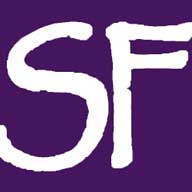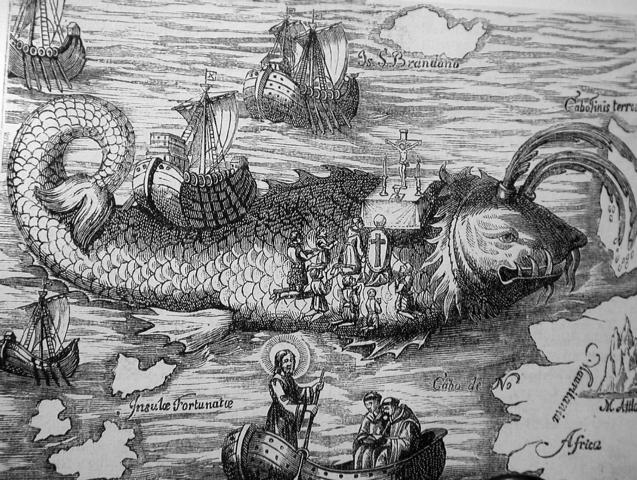Speculation about the first population on Fuerteventura.
It is well documented and common knowledge that the Majos (or Maxos) were inhabiting Fuerteventura when the Europeans were setting foot on Fuerteventura, between the 14th and 15th century AD. But there are data – although scarcely – that indicate that the first population of Fuerteventura began a lot earlier, and even potentially by the Phoenicians during their search for purple dye. This article does not claim to be a scientific document about the first settlers on Fuerteventura, but merely an entertaining collage of available data, personal interpretation and some fiction.
Fuerteventura – the “Oldie” amongst the Canary Islands.
The first steps in the creation of Fuerteventura have been made some 250 million years ago, however its rise above the water surface dates from about 23 million years ago, which makes it the oldest island of the Canaries. Here is its story with the then occurring general geologic and climate conditions on our planet. The duration of the geologic periods have been rounded to accommodate reading. At the end of each period you will get suggestions to visit remnants of the described locations and geologic events.
WARNING: Please do NOT collect any fossil, stone or whatever geologic / archaeological element from any site! Not only is it highly disrespectful to the history of Fuerteventura, but additionally, the penalties are horrendous, including imprisonment. If you find anything which seems to be of scientific value, leave it where you found it and call the local authorities: Tel.: 928 862 328 (Cabildo of Fuerteventura), Guardia Civil: 928 851 100 (SEPRONA), Environmental Agency: 928 852 106 (Agentes de Medio Ambiente) or the police (Policia Local) – please do NOT call the emergency number!
The island of San Borondón is probably the most intriguing one to all inhabitants of the Canary Islands. Its legend is part of the local culture and the quest for it is a never-ending story, even today with all the technology available.
For ages, the island was called in many tales, ballads, poems and folkloric songs “the mysterious one, the lost one, the unreachable one”. Based on those persistent rumours, many expeditions were initiated from the 15th till the 18th century – the most known was in 1721 under Juan de Mur y Aguirre, an admiral – and many naval maps were drawn.

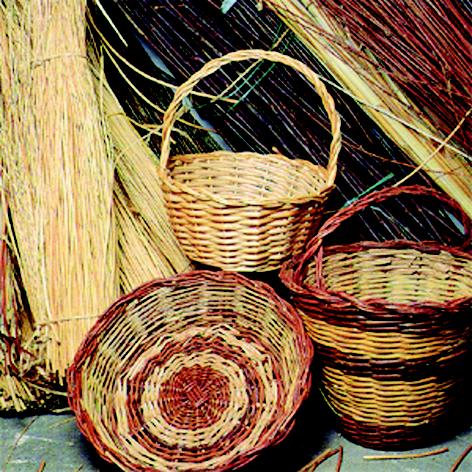
The original inhabitants of Fuerteventura – Mahos – knew about the benefits and technology of using natural fibres for baskets and bags. At that time palm leaves and reed were used mostly. The colonisation of the Canary Islands brought new transformation and manufacturing technologies.
The Majorero Cheese of Fuerteventura.
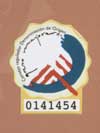 The name "Denominación de origen Queso Majorero" is protected by the Spanish State in 16-05-1996 and by the European Union since 20-02-1999 and applies to the types of cheese that are made of goat milk and in a specified artisan way. The "Consejo Regulador de la Denominación de Origen Protegida Queso Majorero", part of the "Gobierno de Canarias" is constantly monitoring the quality of the listed products.
The name "Denominación de origen Queso Majorero" is protected by the Spanish State in 16-05-1996 and by the European Union since 20-02-1999 and applies to the types of cheese that are made of goat milk and in a specified artisan way. The "Consejo Regulador de la Denominación de Origen Protegida Queso Majorero", part of the "Gobierno de Canarias" is constantly monitoring the quality of the listed products.
The Canarian Pastor (or Shepherd's) Leap is a tradition of the Canarian Islands and consists of using a long wooden pole to cross the countryside and to jump over gulley’s and cliffs. The origins of salto del pastor may date back to the Guanches, the aboriginal inhabitants of the islands prior to the Castilian conquest period of the early 15th century. In the past all kinds of people used this pole to walk across the fields, but recently it is only used by shepherds. There are initiatives to revive this kind of country-walking and to include it in local competitions.
Once the New Empire was being established in South-America many new agricultural products began to flow back to Europe. One of these was the tomato. "Tomatl" means plump fruit in the Aztec language and, indeed, it is a fruit. It was possibly brought back by Cortez in 1519. It was much smaller and yellow, and initially named by the Italians the "pomo d’oro" or golden apple.
The Orchilla or roccella canariensis is a black lichen with white spots which grows around the rocky coast because of the presence of marine humidity and the salty environment. The plant has been used for colouring textile since the beginning of ancient times. The Orchilla is a product of symbiosis between a fungus and an algae. It takes the plant about 6 years to mature. The value of the plant is in the purple colour that can be extracted from its branches.
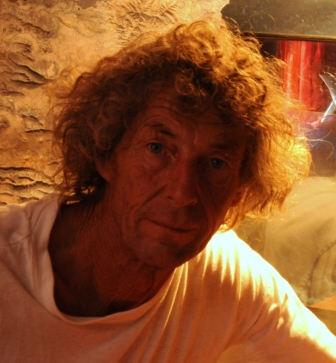 It is not unusual on Fuerteventura to find stones with strange shapes, gouges and lines clearly seen on them. Legend has it that these were forms of art from the stone age when the island was inhabited by the original settlers – the guanches . There are many relics on all of the Canary Islands of their existence but as of now the legend of the mysterious stones is still unsolved.
It is not unusual on Fuerteventura to find stones with strange shapes, gouges and lines clearly seen on them. Legend has it that these were forms of art from the stone age when the island was inhabited by the original settlers – the guanches . There are many relics on all of the Canary Islands of their existence but as of now the legend of the mysterious stones is still unsolved.
 This picture of a farming group from the late 1950s appear as a rural scene and when you look behind them you will see a grand marble angel. This statue can be seen as you go past the cemetery at La Oliva, in the North of the island. The farming group is standing in what is now the cactus garden, opposite the petrol-service station in La Oliva. This cemetery is less than inspiring with very little info. Nowadays the coffin is placed in a wall and bricked up but there are many traditional graves. One of the most interesting and the most ancient ones lies
This picture of a farming group from the late 1950s appear as a rural scene and when you look behind them you will see a grand marble angel. This statue can be seen as you go past the cemetery at La Oliva, in the North of the island. The farming group is standing in what is now the cactus garden, opposite the petrol-service station in La Oliva. This cemetery is less than inspiring with very little info. Nowadays the coffin is placed in a wall and bricked up but there are many traditional graves. One of the most interesting and the most ancient ones lies
beneath that very same angel.
 One of the constructions tourists frequently wonder about are the strange round structures all over the island that now are abandoned. Some are quite fantastic and apparently they seem to have played an important part in the former economic activity of Fuerteventura.
One of the constructions tourists frequently wonder about are the strange round structures all over the island that now are abandoned. Some are quite fantastic and apparently they seem to have played an important part in the former economic activity of Fuerteventura.
Many hundreds of years ago it was discovered that a certain plant, when burned, will produce sodium carbonate, used for the production of glass and soap.
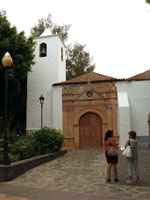 Pájara is one of the oldest towns in Fuerteventura and was a very early settlement from Betancuria. It survived complete destruction during the Arab invasion of 1593 when all of Betancuria was reduced to ashes. The town takes its name from the hen pheasant, as the coat of arms shows. Look carefully and you will see a very ancient symbol, the 2 serpents. These have been slightly adapted but are named Oroborus or tale devourer. It shows a snake eating its own tale, which has a mystic meaning of “the circle of death and re-birth”, which is thousands of years old.
Pájara is one of the oldest towns in Fuerteventura and was a very early settlement from Betancuria. It survived complete destruction during the Arab invasion of 1593 when all of Betancuria was reduced to ashes. The town takes its name from the hen pheasant, as the coat of arms shows. Look carefully and you will see a very ancient symbol, the 2 serpents. These have been slightly adapted but are named Oroborus or tale devourer. It shows a snake eating its own tale, which has a mystic meaning of “the circle of death and re-birth”, which is thousands of years old.
